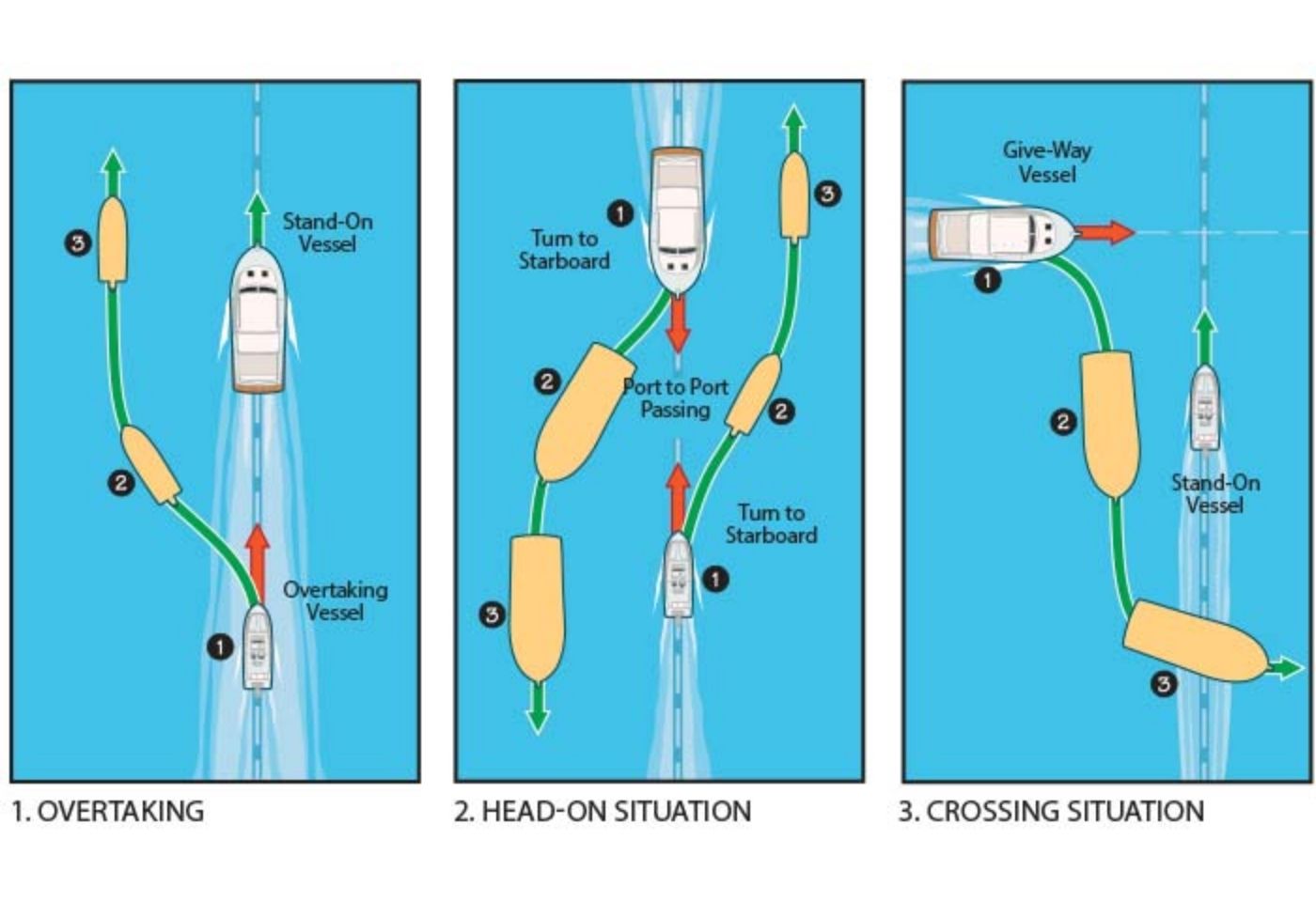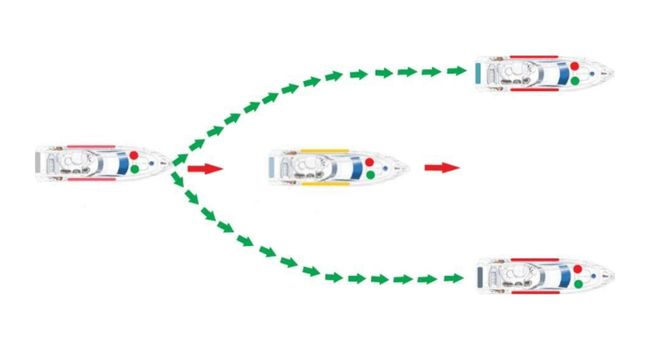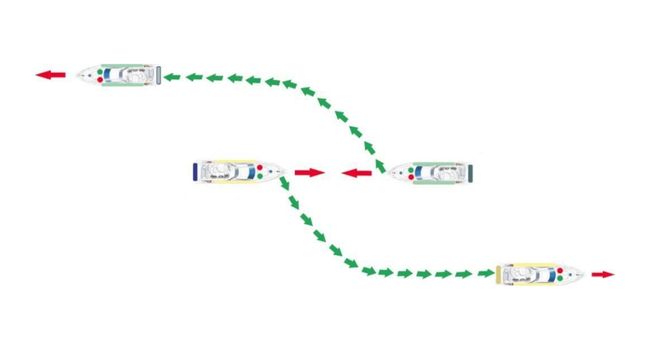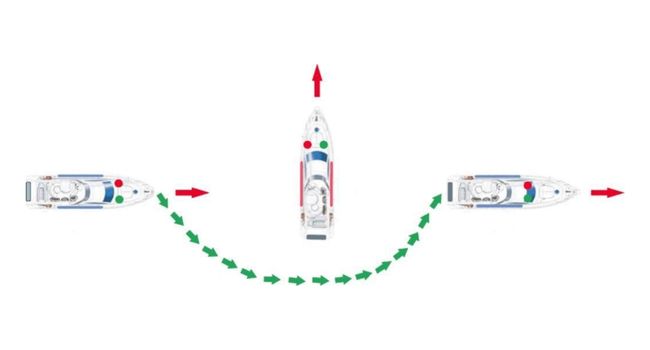
When you’re out on the water, knowing how to safely navigate around other boats is just as important as anchoring or steering.
Understanding boat right of way rules helps prevent accidents and gives you the confidence to handle any situation — whether you’re crossing paths with another boat, overtaking, or approaching head-on. The concept of “boat right of way” comes from the international rules of the road for boating.
This guide explains the three most common scenarios and what actions you should take to avoid a collision.
Contents
ToggleOvertaking Another Boat
If you are approaching another boat from behind and want to pass it, you are the “give-way” vessel. That means you must change your course and stay clear of the boat ahead, as long as it maintains its speed and direction.
You can overtake on either side, but always do it slowly and at a safe distance.
Key Points:
- The boat in front has the right of way
- You must pass in a wide, controlled manner
- Avoid creating large waves or sudden movements

When Two Boats Are Head-On
If you’re approaching another boat directly, both vessels must turn to their right (starboard) so that they pass port side to port side (left to left).
This is the most common and safest maneuver used around the world.
By doing this, both captains know what to expect and avoid any last-minute changes.
Key Points:
- Both boats turn slightly to their right
- Pass each other on the left side
- Make your intention clear early (slow steering movement is enough)

Crossing Paths with Another Boat
When two boats are on a crossing course (like an X), one must give way.
The basic rule is:
The boat that sees the other coming from its right must give way and, if possible, pass behind the other.
This is similar to stop/yield rules at intersections on land. The boat on your right has the priority — just like a car coming from the right at a roundabout.
Key Points:
- If a boat is coming from your right, you must give way
- Slow down or steer behind the other vessel
- Maintain a safe and predictable course

Summary of Boat Right of Way Rules
| Situation | Who Gives Way? | What to Do |
|---|---|---|
| Overtaking | The overtaking boat | Pass with a wide, slow maneuver |
| Head-on | Both boats | Turn to your right (starboard) |
| Crossing paths | The boat with the other on its right | Pass behind, give way |
Frequently Asked Questions About Boat Right of Way
Where should I pass another boat when overtaking?
You can overtake on either side, as long as it’s safe. However, always keep a wide distance and avoid creating large waves. Make sure the boat you’re passing maintains a steady speed and course.
What should I do if both boats seem unsure?
If both drivers hesitate or are unclear, slow down immediately. Use hand gestures or horn signals if necessary. Avoid making sudden turns, and never assume the other boat will move first.
What happens if a collision seems likely?
Immediately reduce speed and turn right (starboard) unless doing so creates more danger. Use sound signals (one short blast = turn right, two = turn left) if needed, especially in crowded areas.
Can I be fined for not following these rules?
Yes. Violating navigational right-of-way rules can lead to fines or port authority warnings, especially in busy zones like harbors, beach bays, or near ferries. Always stay alert and cautious.
Final Tips for First-Time Boaters
- Always stay alert and look in all directions
- Make early and clear movements to avoid confusion
- Slow down when in doubt
- Respect other vessels’ space, especially in narrow bays or around swimmers
If you’re renting one of our no-license boats, these simple rules will help keep your day safe and stress-free.
Learn More About Safe Boating
Want to build your confidence before heading out?


